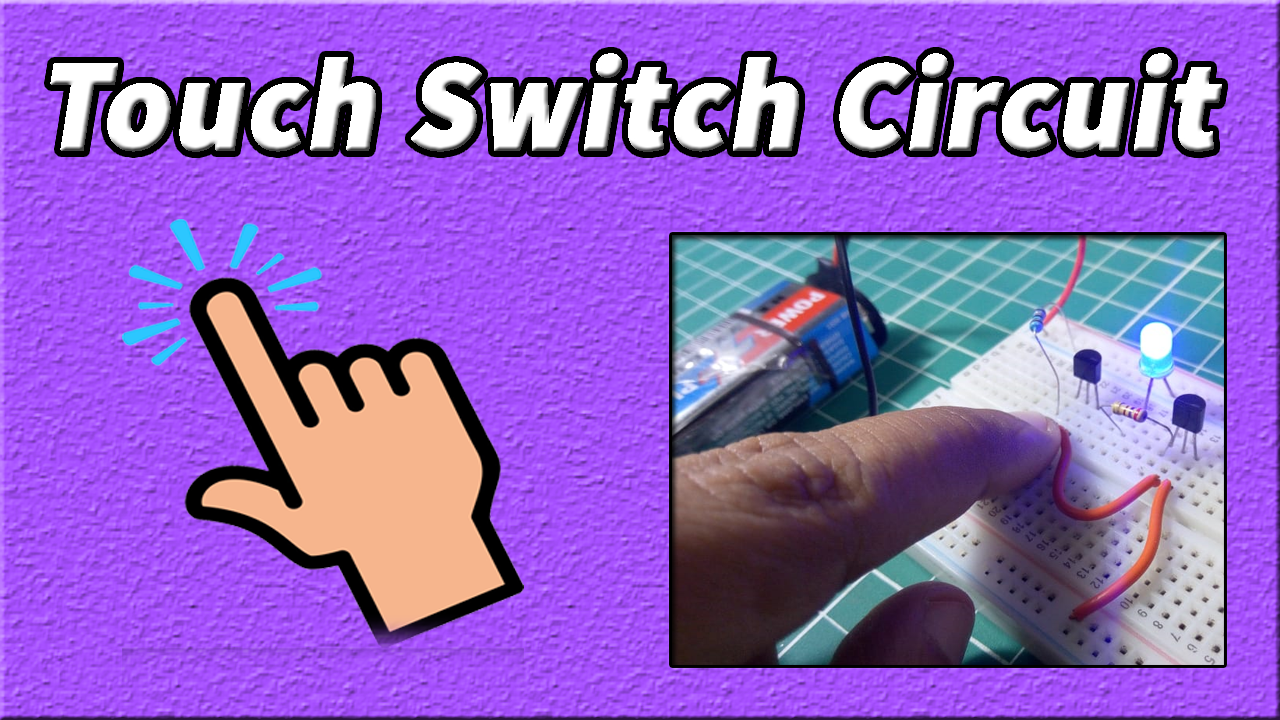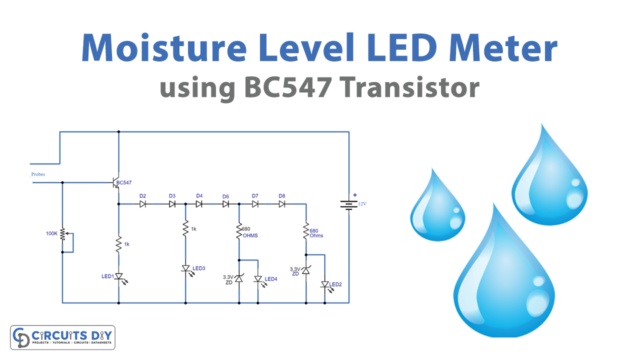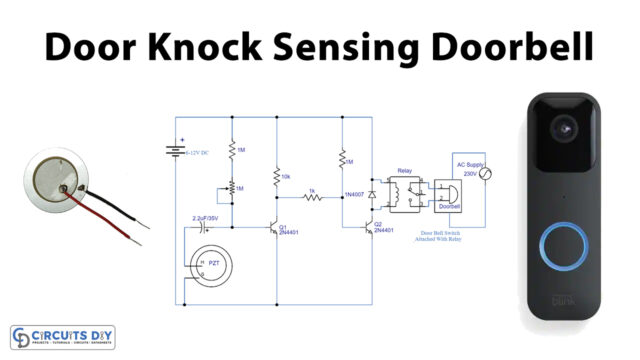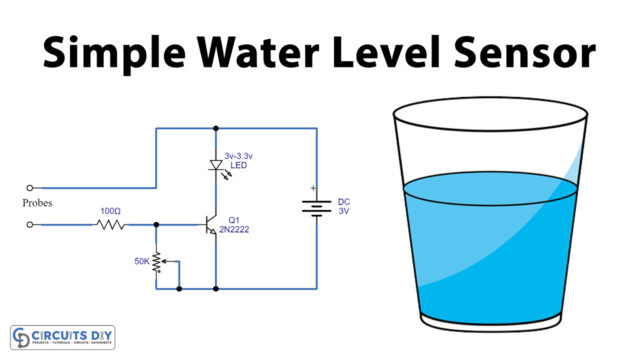Nowadays, we don’t need fancy touch switches or expensive microcontrollers to make a touch switch circuit. Instead, we can use basic electronic components such as transistors and resistors to make this circuit. A piece of metal wire can act like a touch sensor and when we will touch the sensor lightly, a current will flow through our finger and will make the LED glow.
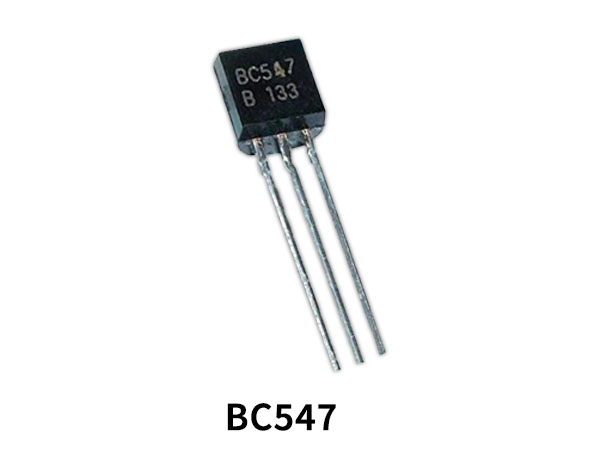
Hardware Components
The following components are required to make the Touch Switch Circuit
| S. NO | Component | Value | Qty |
|---|---|---|---|
| 1. | Breadboard | – | 1 |
| 2. | Battery | 9v | 1 |
| 3. | Connecting Wires | – | 1 |
| 4. | Metal Strips/Hard Copper Wires | – | 2 |
| 5. | NPN Transistor | BC547 | 2 |
| 6. | LED | 5mm | 1 |
| 7. | Resistors | 270, 100k ohm | 1, 1 |
BC547 Pinout
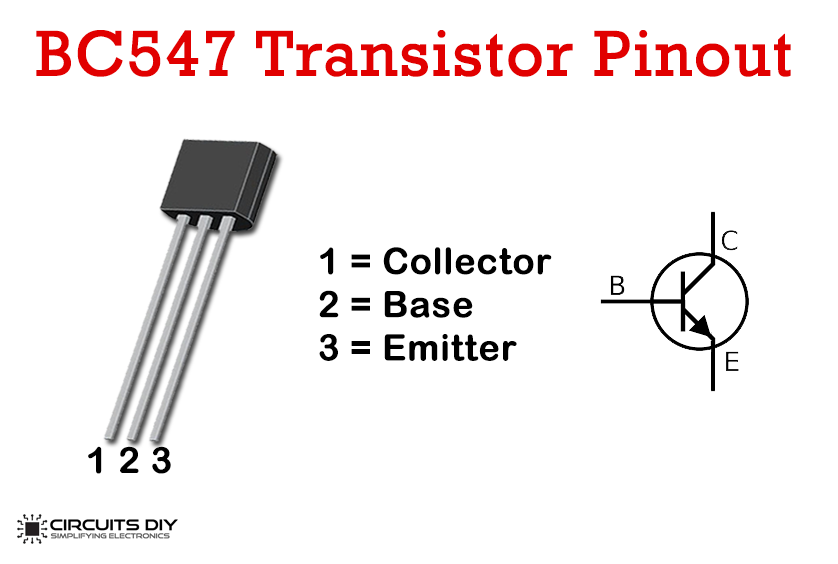
For a detailed description of pinout, dimension features, and specifications download the datasheet of BC547 Transistor
Touch Switch Circuit
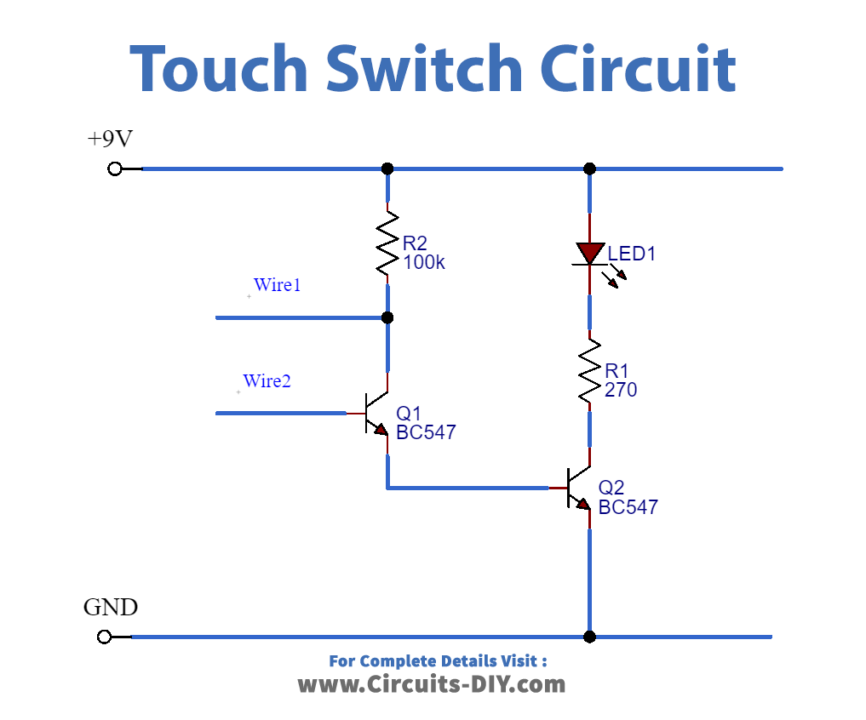
Connection
- Connect BC547 transistors on the breadboard
- Use a jumper wire to connect the Base Pin of transistor-1 to the Emitter Pin of transistor-2
- Connect 100K Ω resistor between Collector Pin of transistor-2 and VCC
- Connect 270 Ω resistor and LED on Collector Pin of transistor-1
- Use a jumper wire to connect the Emitter Pin of transistor-1 to GND
- Connect metal strips between the 100K Ω resistor and at the Base Pin of transistor-2
- Test the circuit by touching on the metal strips
Working Explanation
The touch switch circuit can be activated by the skin resistance of the finger. The skin’s resistance is about 10-100K Ohm because it depends upon the condition of the skin.
So if you try building a circuit with just a power supply, LED, and metal strips, the LED will not glow because the high resistance of the skin will not allow current to flow through the circuit.
For this purpose, we have used transistors in this circuit, in order to amplify the current flowing in the circuit to be enough for an LED to glow. You can use any conductive material to act as a touch switch, but be sure to place these two materials near each other, So that you can touch both of them with a finger easily.
Applications
- We can detect stray voltages produced by mains or electrostatics build-up in the room with this circuit.
- Touch switches can be used in places like dusty or wet areas, where normal switches would not last long.


